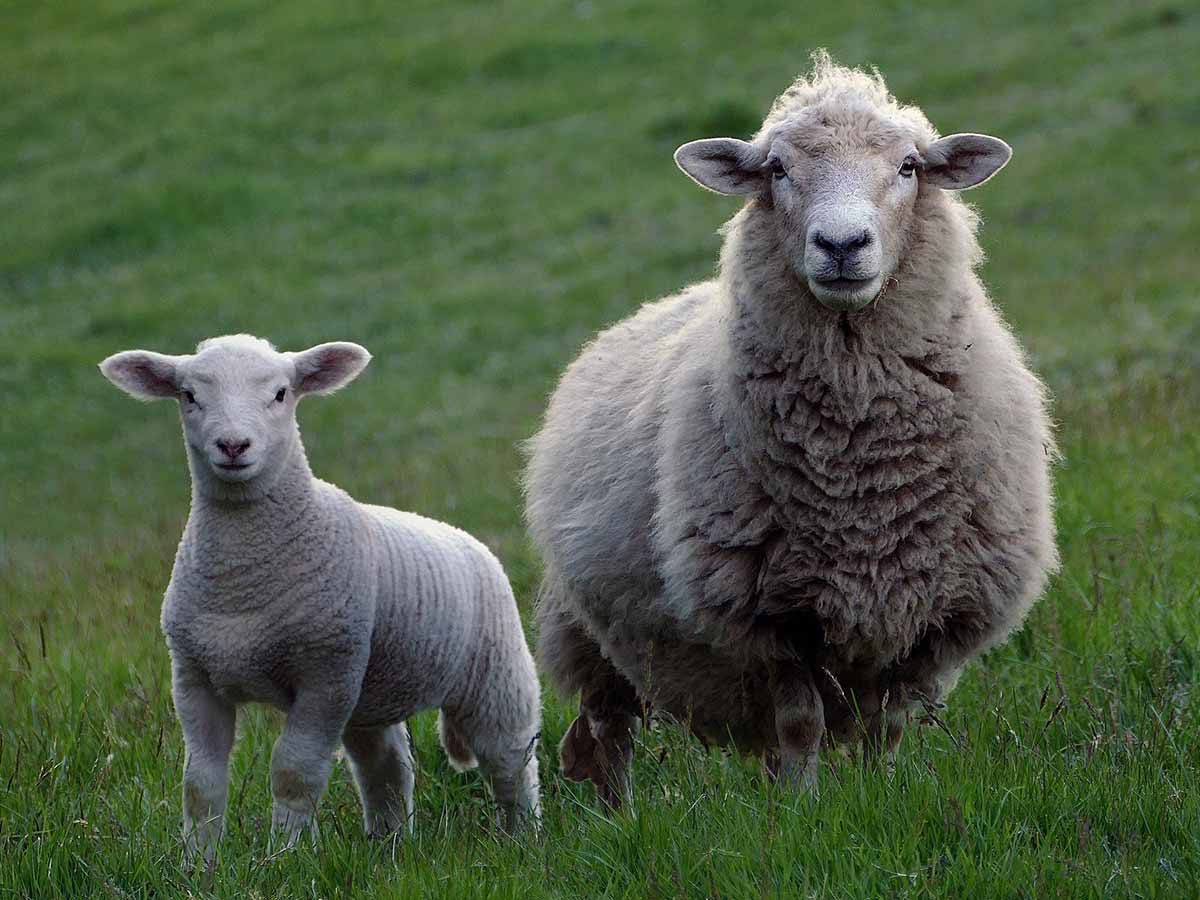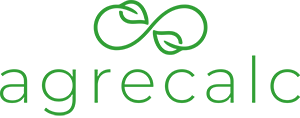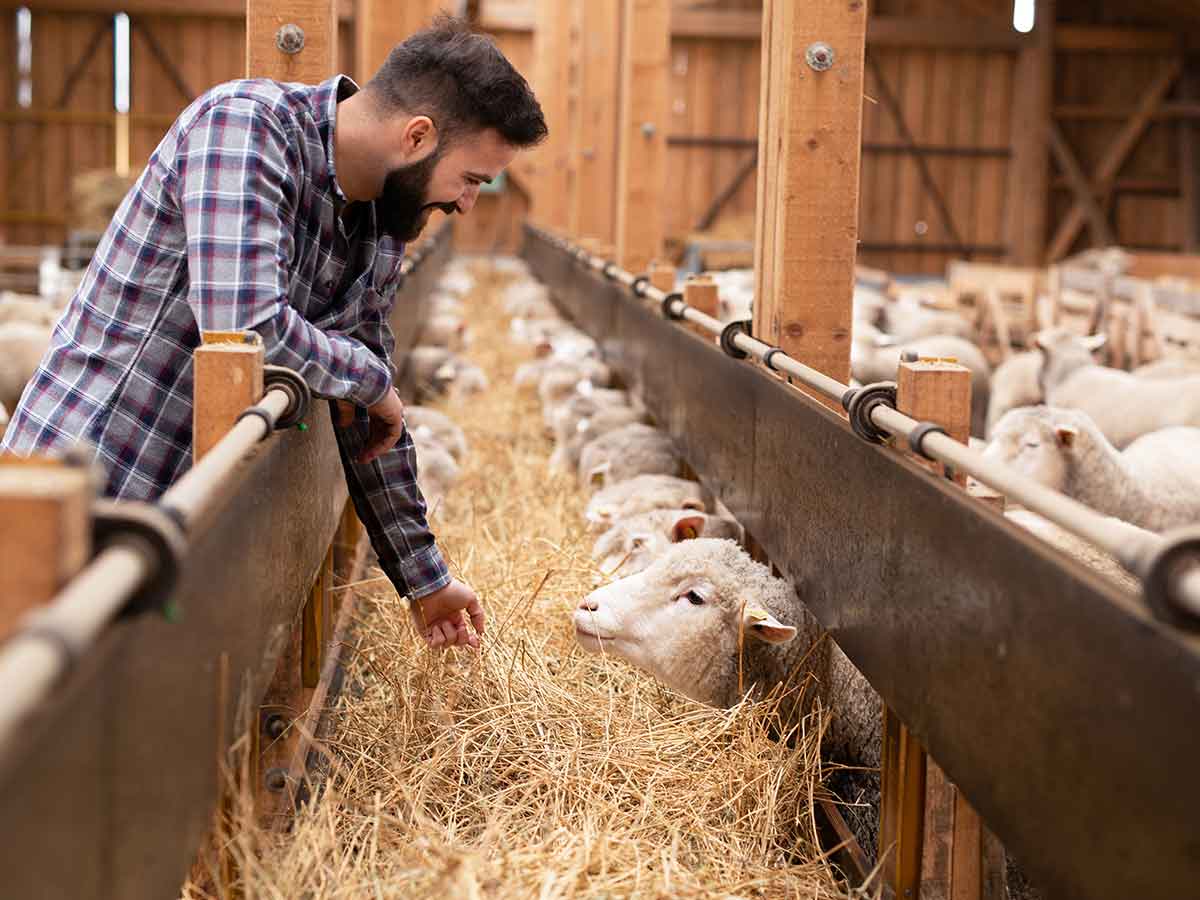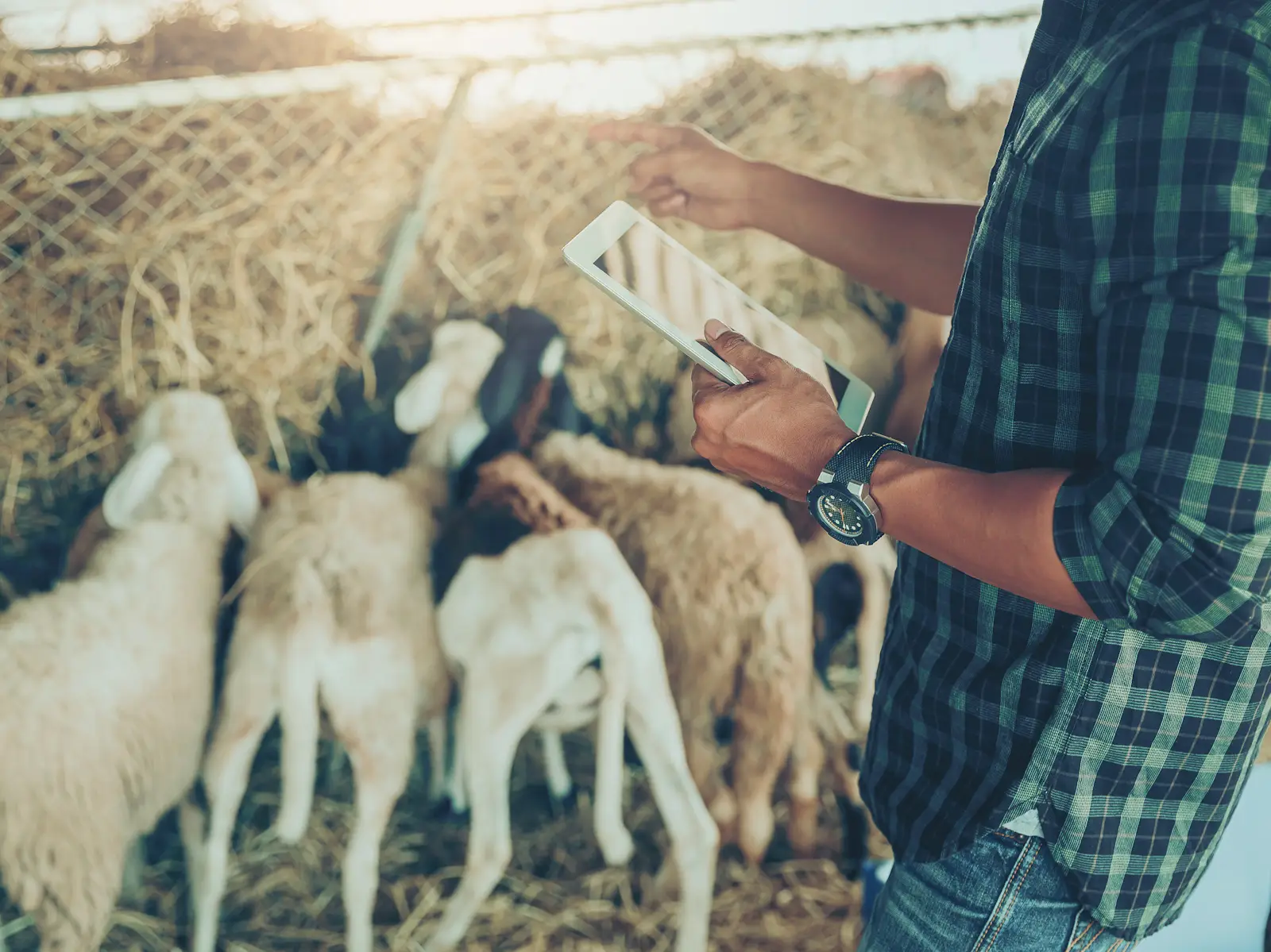
Identify areas for improvement
GHG emissions directly correlate with resource use efficiency. By tracking flock data and its nutritional requirements, you can pinpoint the hotspots in your enterprise. This will help you budget and can aid forecasting profitability. After the initial data entry, you can spend less time worrying about where your money is going to, and more time on producing high-quality food.
Plan forage and silage needs
By allocating all home grown feed and bedding used on farm to specific enterprises, you can better understand the needs of your flock, and allocate resources where they have the best usage, helping with, for examples, the decision when to house them, or to prepare for months when grazing is a challenge.
“Forage first sheep systems” from SAC Consulting provides additional reading on feed optimisation.


